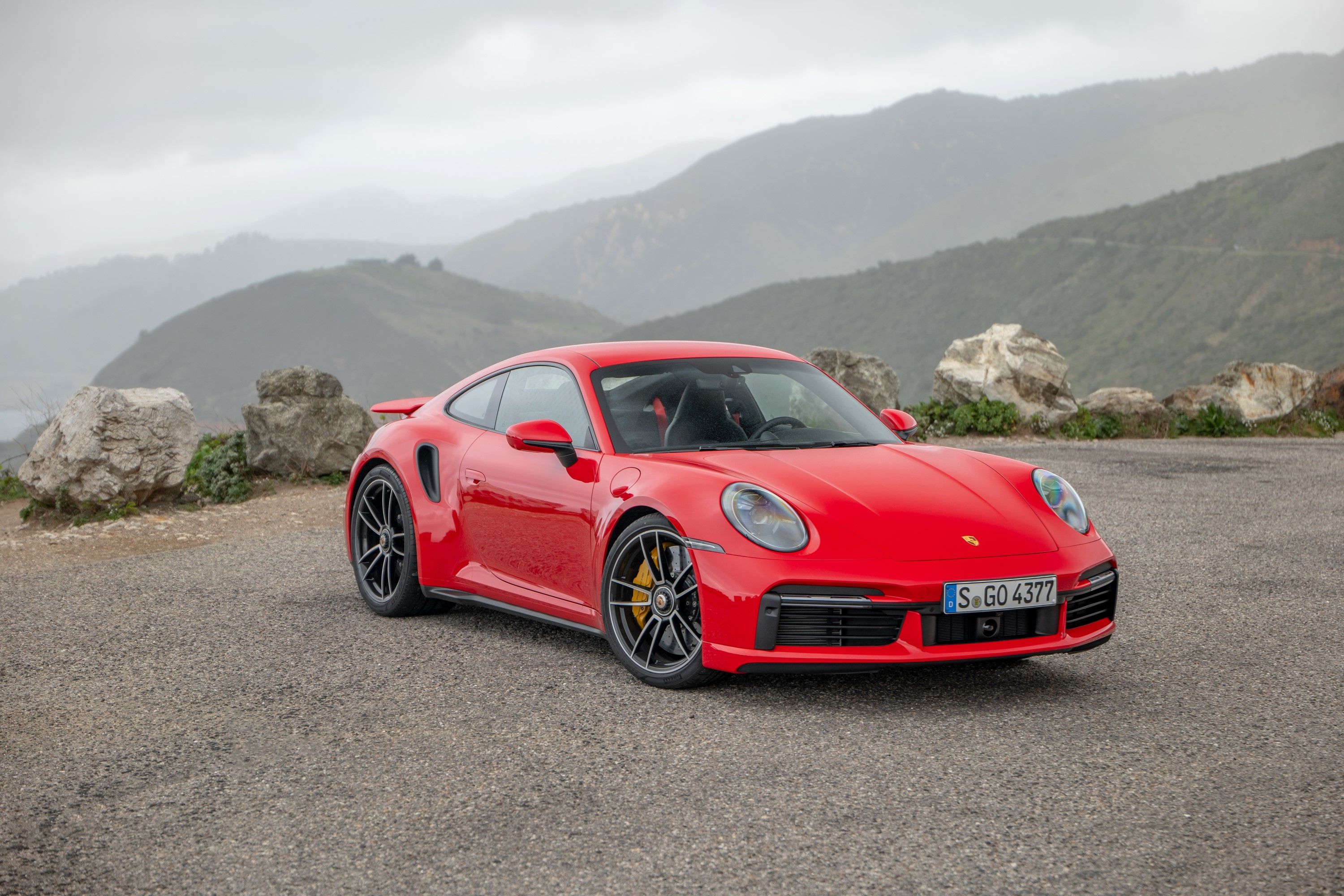
Porsche is a company best known for the exceptional handling capabilities of its cars, but it made a name for itself in naturally aspirated Boxer engines too. Eventually, the 911 Turbo arrived with boost, but it was a rarity in the lineup. In the modern era, however, almost all Porsche products are turbocharged to maintain a decent balance between performance and efficiency.
Porsche may not have always loved the idea of turbocharging, but it has embraced the technology and is now in a position where it can even revolutionize the concept.
In new patent filings exclusively uncovered by CarBuzz, we learn that the German automaker has found a way to make turbos far more powerful and efficient than ever before.
Other manufacturers have learned the hard way that more turbochargers are not necessarily more beneficial, so how does one increase performance otherwise? Well, in a traditional turbocharged system, the compressor or inlet side of the turbo is directly connected to the exhaust turbine or outlet of the turbo. The bigger the compressor wheel is, the more lag a turbo experiences, and if the exhaust side is just as large, the turbo will only perform at its most efficient at high rpm. This is why many have switched to twin-turbocharging, as this means quick spool-up with a broad powerband. But what if you could have a big compressor to feed loads more air into the engine without losing any efficiency at low revs?
This is the premise behind Porsche's latest invention. In the patent filings, Porsche suggests divorcing the compressor from the exhaust turbine, or in this case, exhaust turbines. The idea sees two exhaust turbines that run in association with a bypass valve. This can be closed at low rpm to maximize energy extraction from the exhaust gas. When these turbines rotate, they power a generator. This in turn feeds an electric motor and the electric motor drives the compressor. Essentially, this combines the concept of an electric turbo with that of a twin-turbo setup, simultaneously fusing the higher output of a big single turbo with the efficiency and response of two smaller turbos. And with the exhaust turbines not being directly connected to the compressor, one side of the "deconstructed" turbo could spin at high speed even if the other is spinning at low speed, meaning that each could run within their best respective operating ranges at all times.
As the "big turbo" (compressor) is spooled up by an electric motor, power delivery can be made instantaneous, and when at higher revolutions, the bypass valve (which is basically working as an external wastegate) on the "two small turbos" (exhaust turbines), can be opened for enhanced economy and less stress on the engine when cruising.
Porsche specifically mentions that high boost pressures would not be needed in such a setup (a bigger turbo typically requires less boost than a smaller turbo to achieve the same power), yet you would have the response of smaller turbochargers. More power, better efficiency, and - besides added complexity - no drawbacks that we can see. We think this will be a game-changer if costs can be kept down, and in conjunction with synthetic fuels also being developed by Porsche, could be the answer to keeping the internal combustion's flame burning a little longer.
